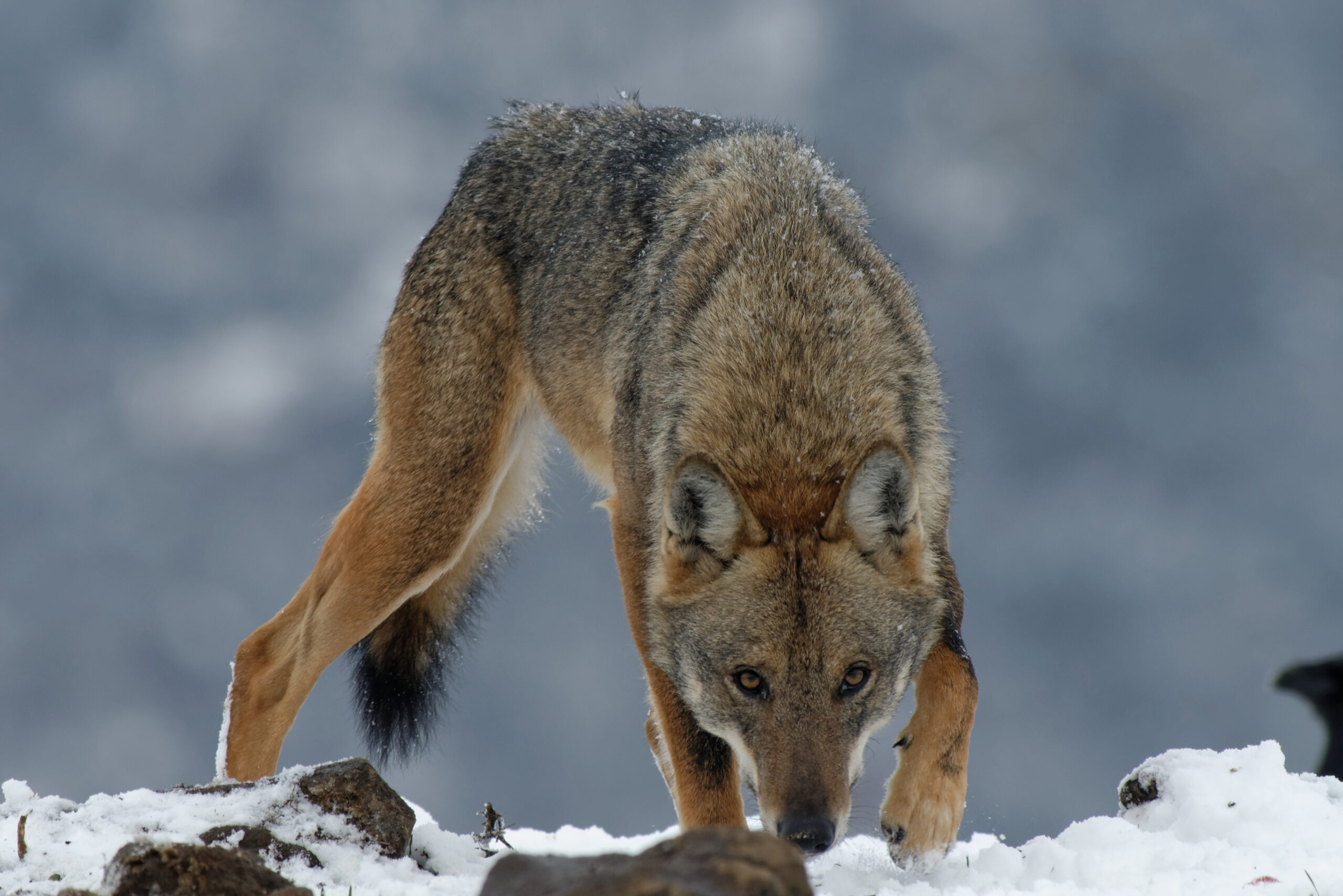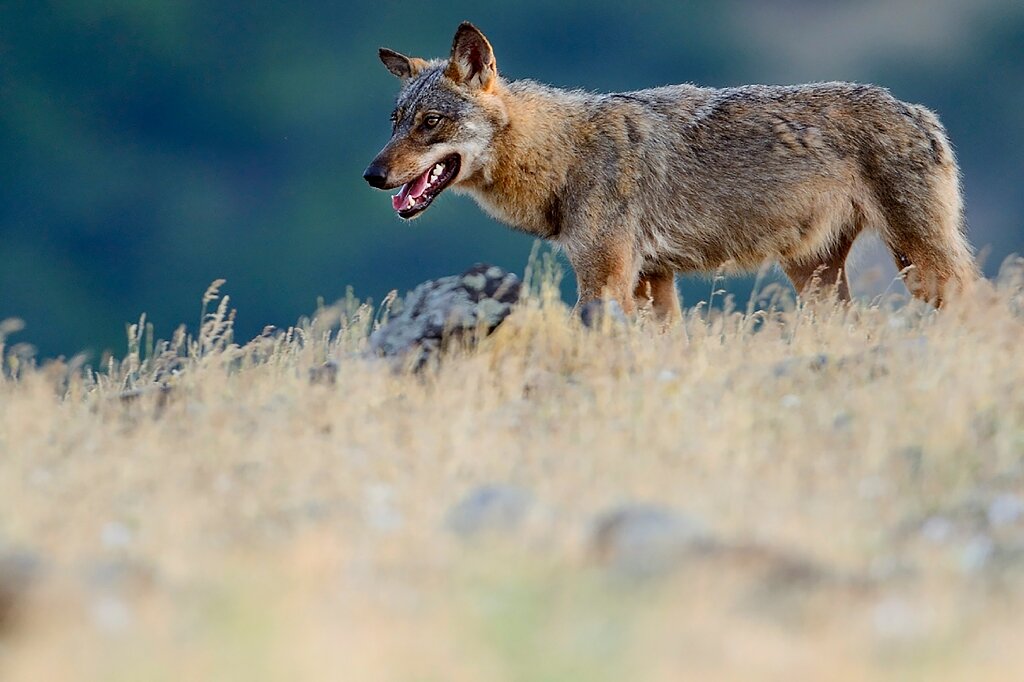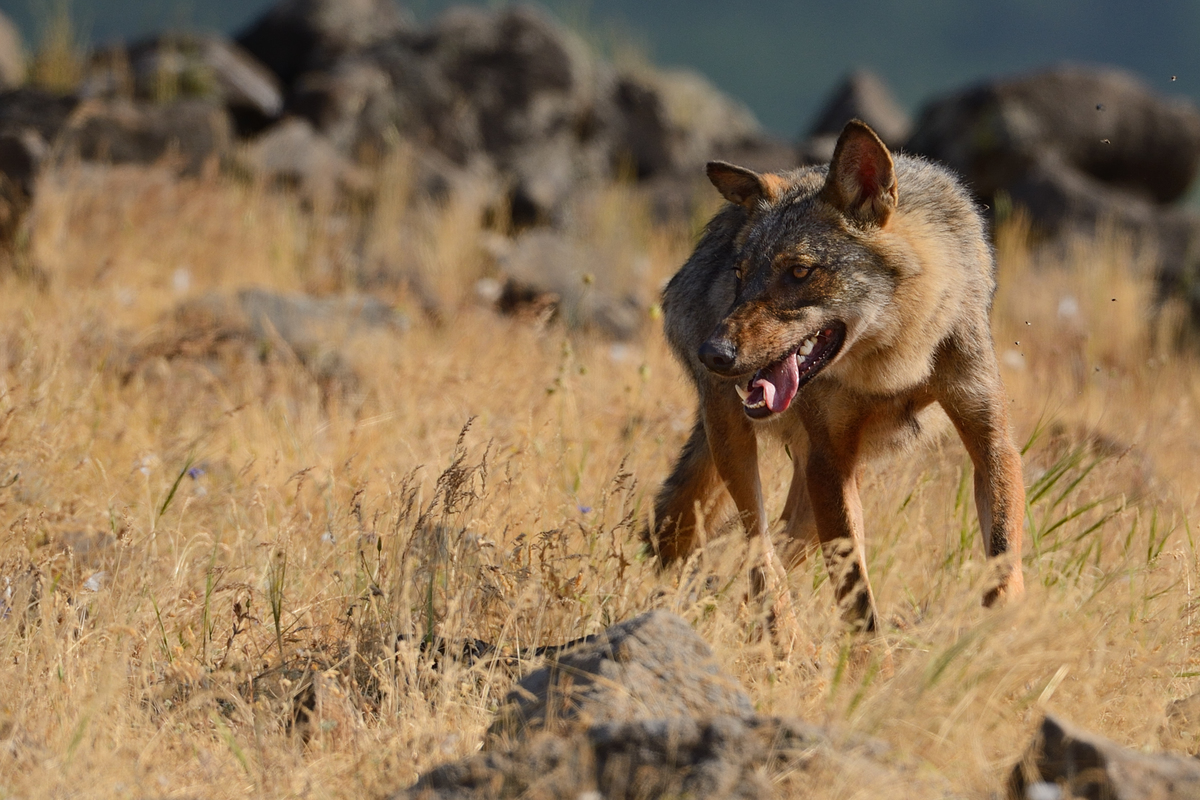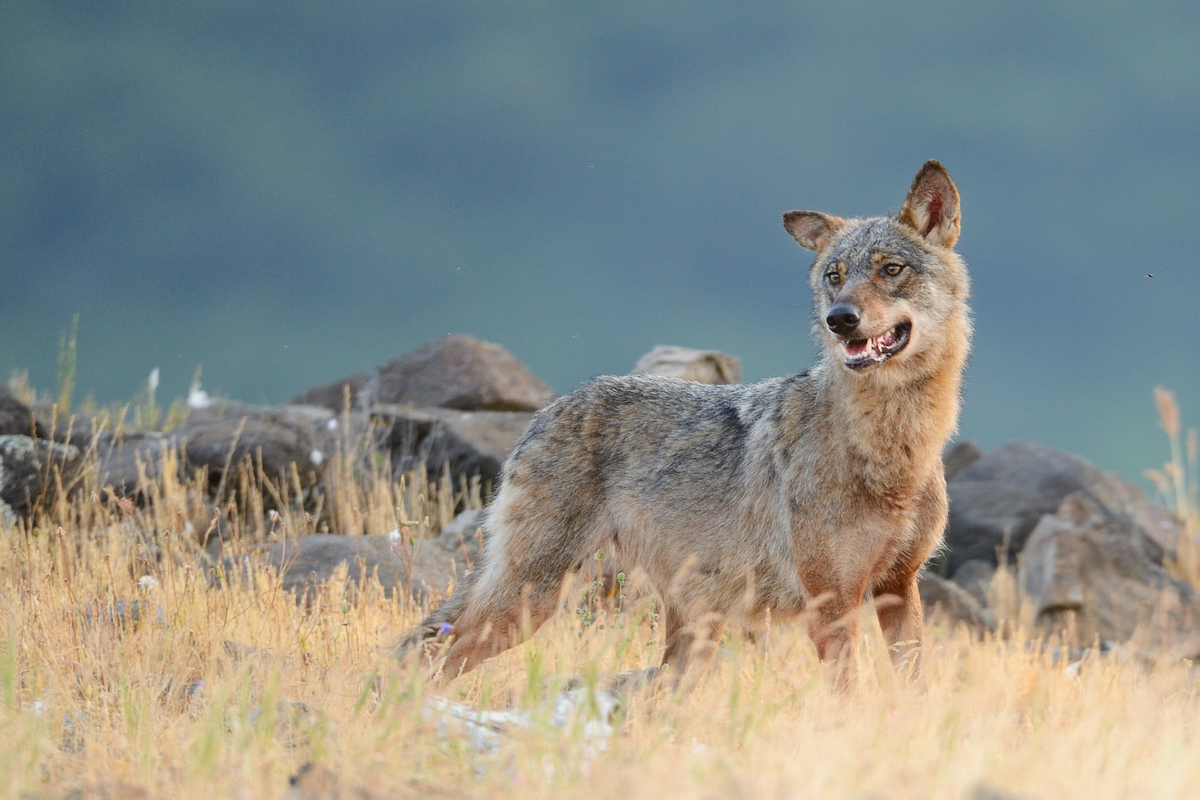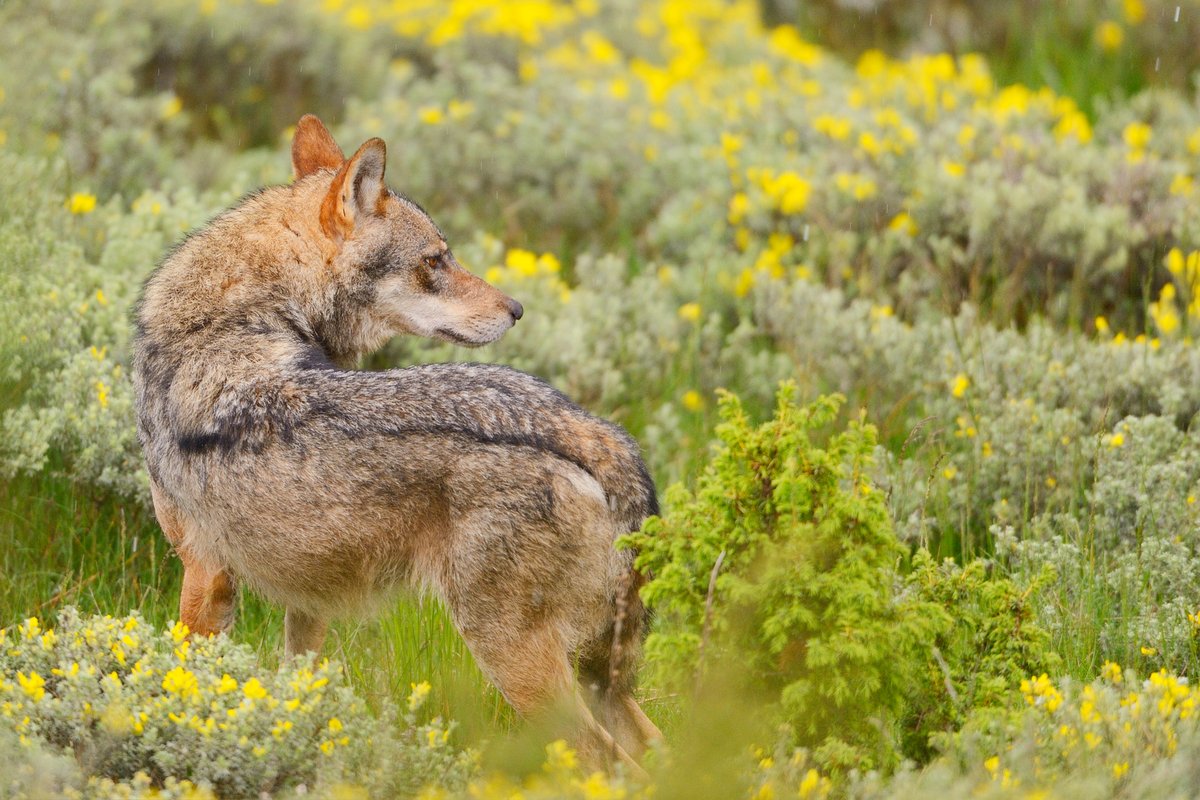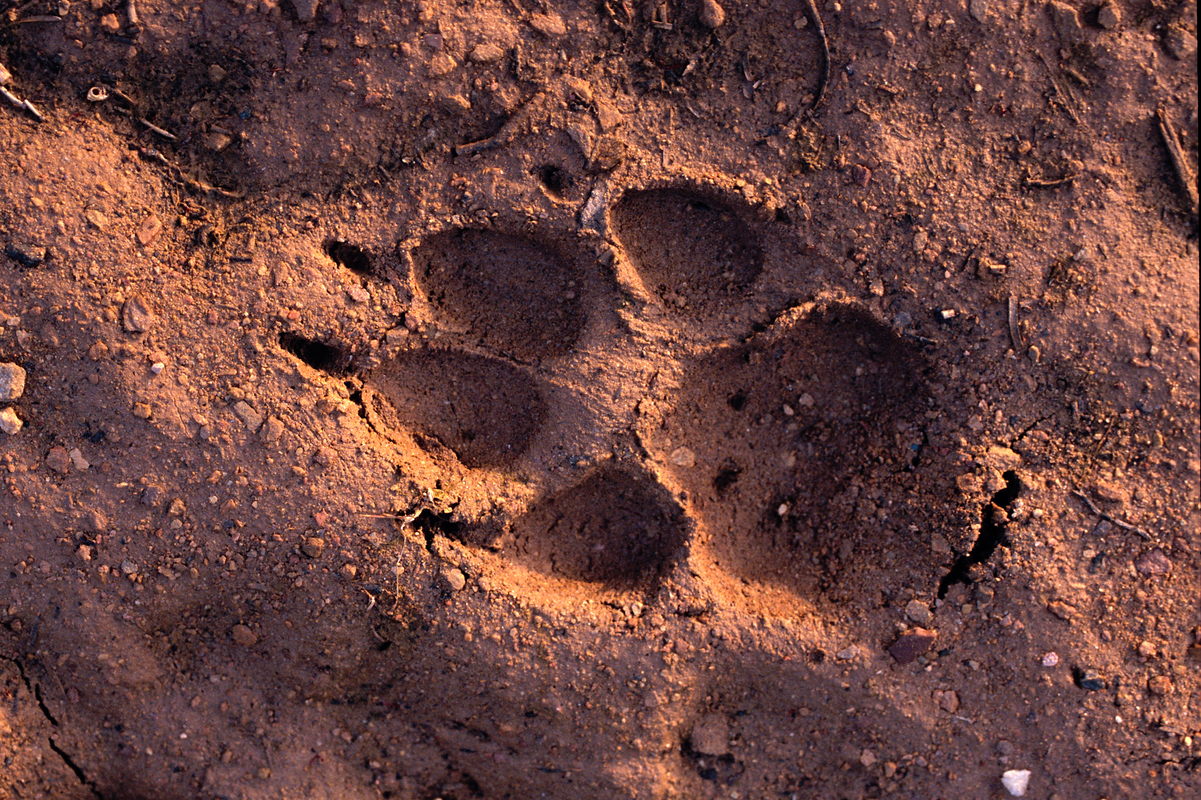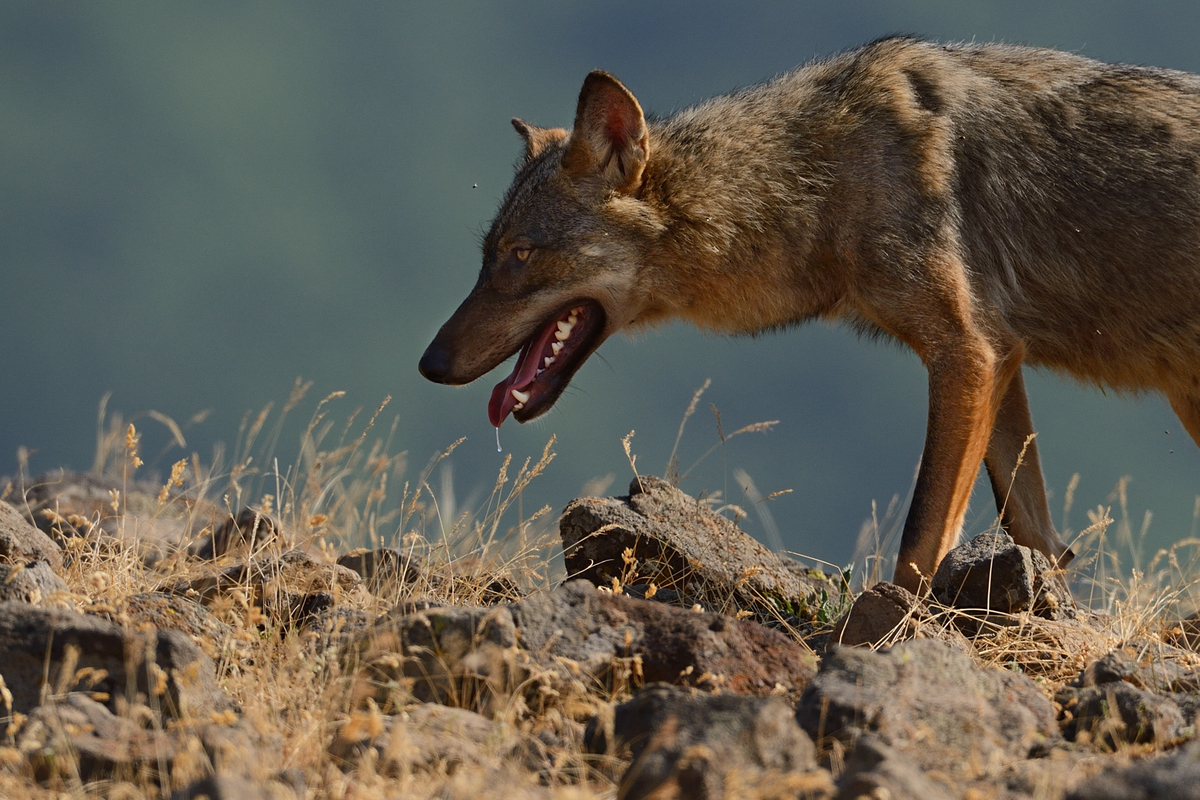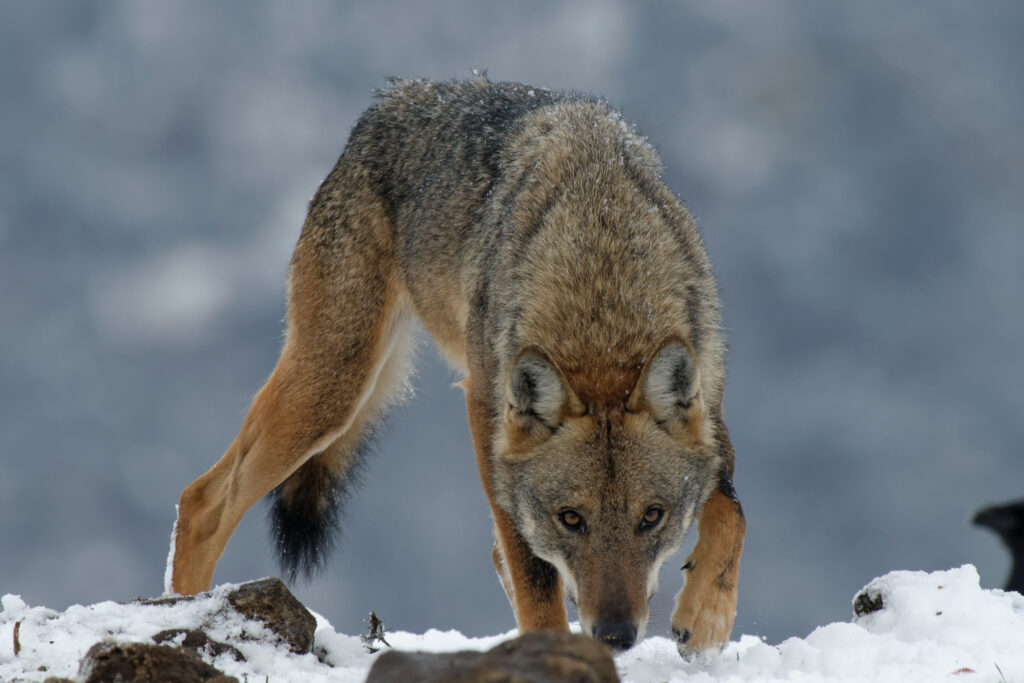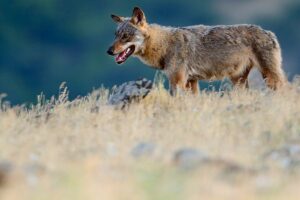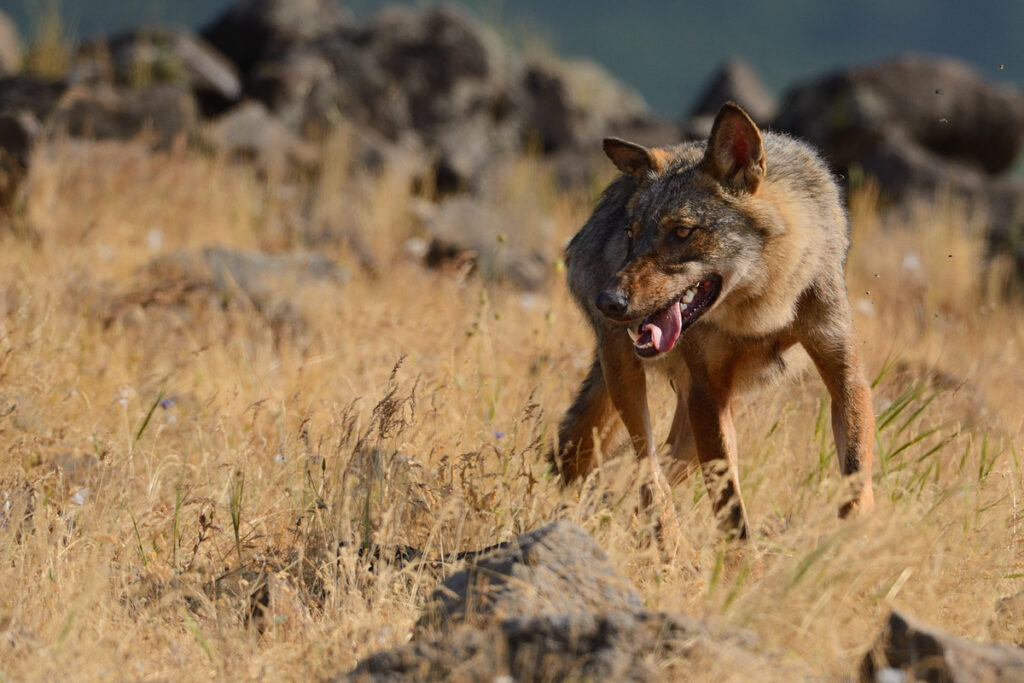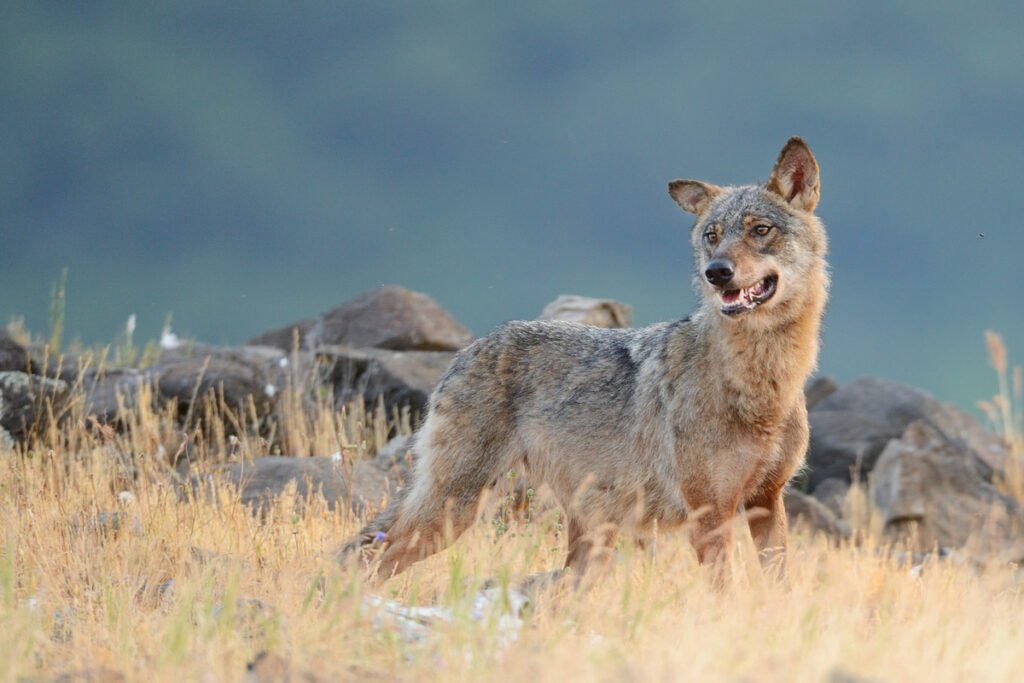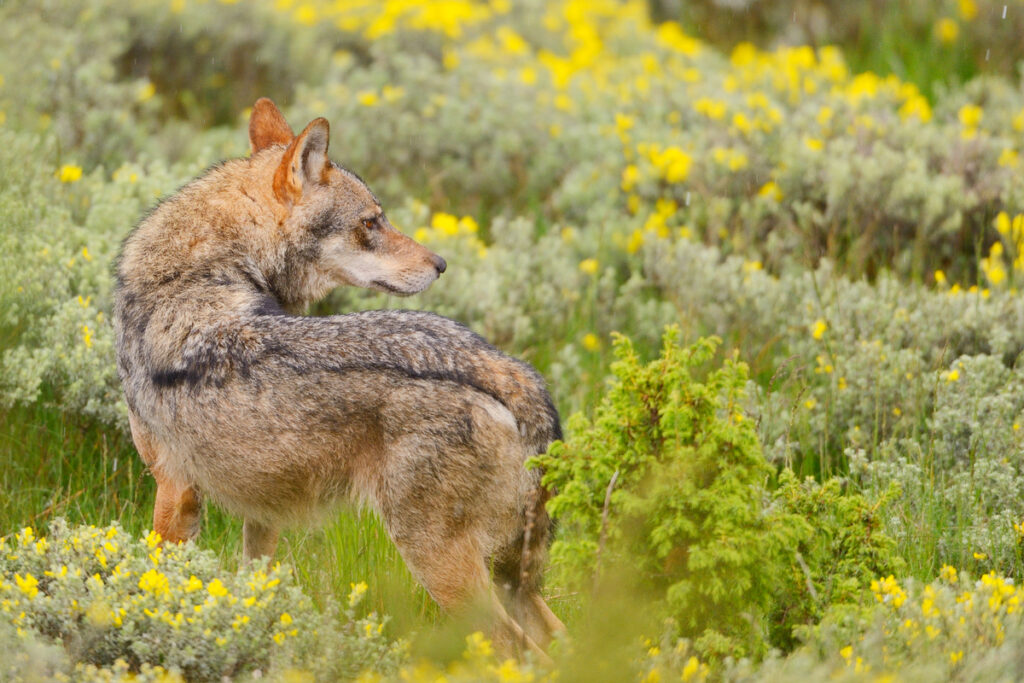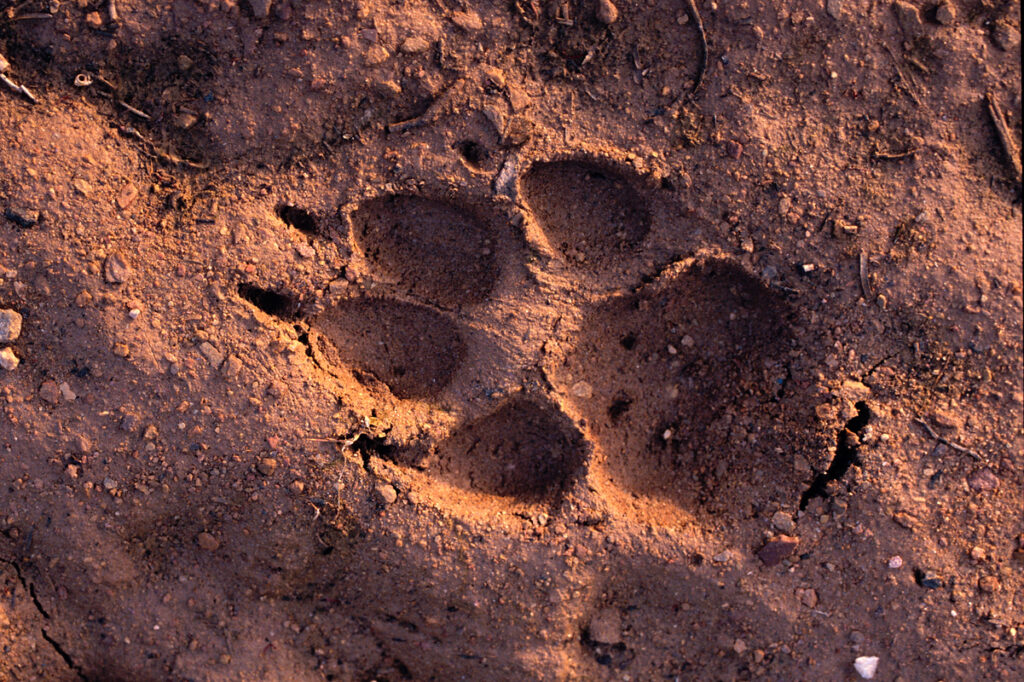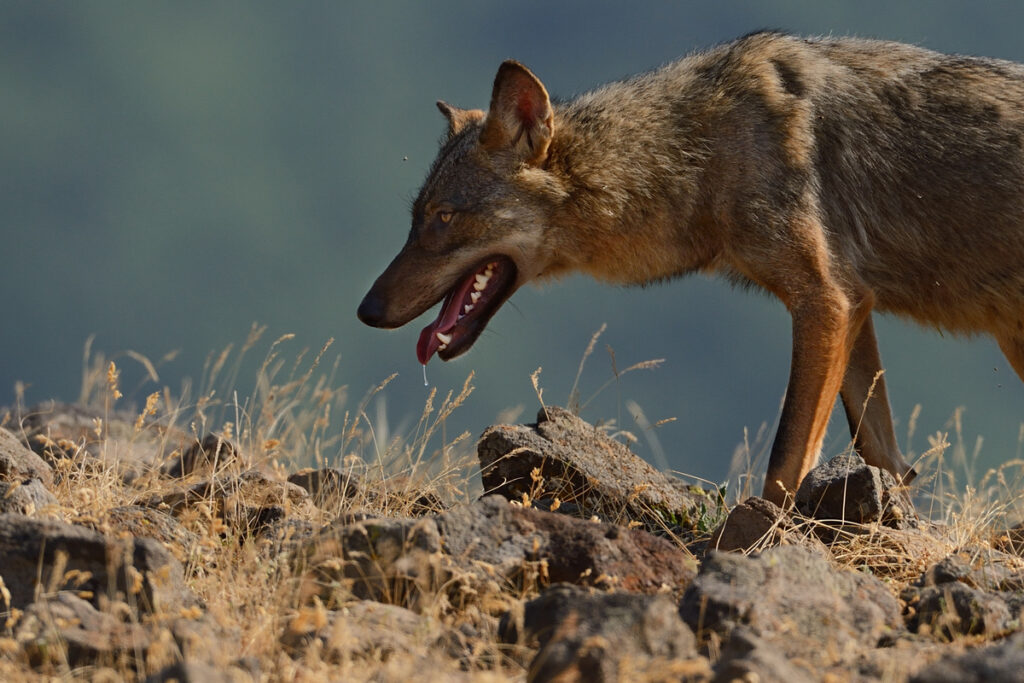Wolf
The Eastern Rhodope Mountain holds one of the most stable wolf populations in Bulgaria. This is partially due to the extensive livestock breeding still practiced here, as well as to the depopulation of the area. For decades the wolf has been fiercely chased and eliminated by various means (shooting, poisoning, trapping etc.). Gradually its numbers declined and by the end of the 1960s and the beginning of the 1970s they reached their critical minimum in Bulgaria: there were just 100 surviving individuals. In the beginning of the 1980s the number of wolves in the country was about 200 animals and the species was included in the Bulgarian Red Data Book (1985) as ‘endangered’. After 1980 its numbers began to grow, probably due to the ban on poisoned baits, the increase in game numbers in the country and the depopulation of the mountain regions.
It has been established that in ecosystems containing more than one potential wolf prey species, wolves hunt easier species, attacking individuals weakened by age or disease, as well as young animals. Thus in natural ecosystems wolves have a positive effect on the populations of its prey species and contribute to the stability of the ecosystems as a whole.
The wolves’ ecological niche is that of large prey hunters. Their diet includes mostly hoofed mammals and to a less extent – small-sized mammals. In Bulgaria their natural prey are the wild hoofed species – mostly roe deer, wild boar and red deer, with chamois and the introduced fallow deer taking a lower portion due to their limited numbers and distribution in the country.
The age at which wolves reach sexual maturity varies depending on food abundance, climate, population density and population social structure. Generally wolves reach sexual maturity at about 21–22 months of age. In stable populations, however, males rarely succeed in finding a partner and an available territory before their 3rd or 4th year, and even later. Gestation lasts 11 months and on average 4–6 young are born. The timing of their birth depends on food abundance and climate conditions, and it most often occurs in April or May.
Female wolves rarely keep their reproductive abilities after 7–8 years of age. Wolves are a monogamous species and the pairs stay together until the death of one of the partners. The first signs of the approaching breeding season can be observed in January.
